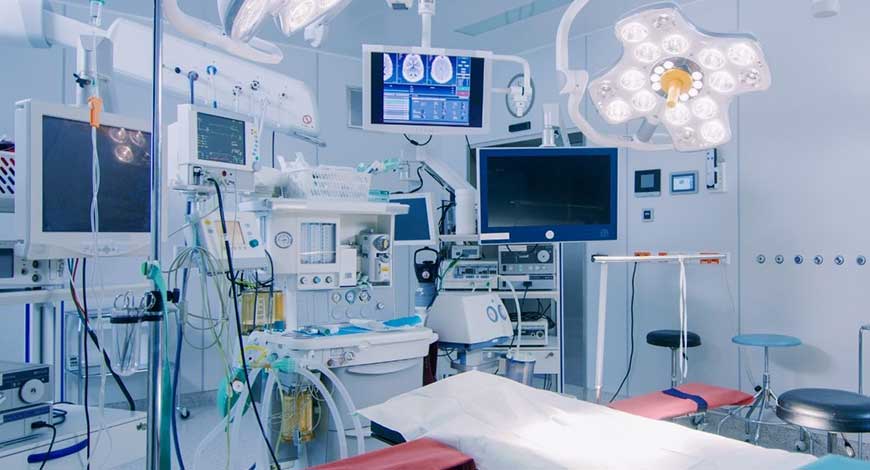Trends
Global medical devices market to hit USD 656 million by 2032

The provided sentence outlines a projection for the global medical devices market, indicating an expected increase in its value from USD 492 Million in 2022 to approximately USD 656 Million by 2032. This growth is forecasted to occur at a Compound Annual Growth Rate (CAGR) of 3% during the period spanning from 2022 to 2032.
Medical devices encompass a diverse range of instruments, apparatuses, machines, implants, and equipment utilized across the healthcare continuum for diagnostic, therapeutic, monitoring, or preventive purposes. These devices serve as essential tools in identifying, treating, and managing a wide spectrum of medical conditions, from routine health assessments to critical interventions. Classified into various categories based on their intended use and the level of risk associated with their use, medical devices undergo stringent evaluation and regulatory oversight by authorities such as the FDA and EMA. This classification system typically includes Class I, II, and III devices, with higher-risk devices subject to more rigorous regulatory requirements to ensure patient safety and efficacy.
Diagnostic equipment comprises an essential category of medical devices, facilitating the detection and diagnosis of medical conditions. This includes imaging machines such as X-ray, MRI, and ultrasound systems, as well as diagnostic tests like blood glucose monitors, pregnancy tests, and cholesterol tests. These devices enable healthcare professionals to obtain critical information about a patient’s health status, aiding in the formulation of treatment plans and medical interventions.
Therapeutic devices play a vital role in the treatment and management of various medical conditions. Surgical instruments, infusion pumps, ventilators, and prosthetic devices are examples of therapeutic devices commonly used in clinical settings. These devices are designed to deliver therapeutic interventions, administer medications, support respiratory function, and restore physical function, thereby improving patient outcomes and quality of life.
Monitoring devices are instrumental in tracking and assessing physiological parameters and medical conditions over time. Blood pressure monitors, electrocardiographs (ECGs), pulse oximeters, and continuous glucose monitoring systems are examples of monitoring devices used in healthcare settings. By providing real-time data and feedback, these devices enable healthcare professionals to monitor patient health status, detect abnormalities, and make informed clinical decisions.
Conclusion
Conclusion The global medical devices market offers an exciting landscape with steady growth projections. Projections indicate an estimated rise from USD 492 Billion in 2022 to approximately USD 656 Billion by 2032 at an impressive Compound Annual Growth Rate (CAGR) of 3%, reflecting their increasing importance across various healthcare applications such as diagnostics, therapeutics, monitoring, and preventive care.
Key market segments including cardiovascular devices, in-vitro diagnostics, surgical equipment, implantable medical devices and monitoring devices are anticipated to experience rapid expansion due to technological advancements, an increase in chronic diseases prevalence and an aging population.
Emerging trends such as AI integration, regulatory complexity, continuous monitoring via IoT connectivity and cybersecurity challenges are redefining the industry landscape, creating both opportunities and challenges for manufacturers and regulators alike. Furthermore, recent events such as strategic acquisitions, divestitures, legal cases and advancements of AI-driven medical technology serve to underscore its dynamic nature in medical devices markets worldwide. Market.us













